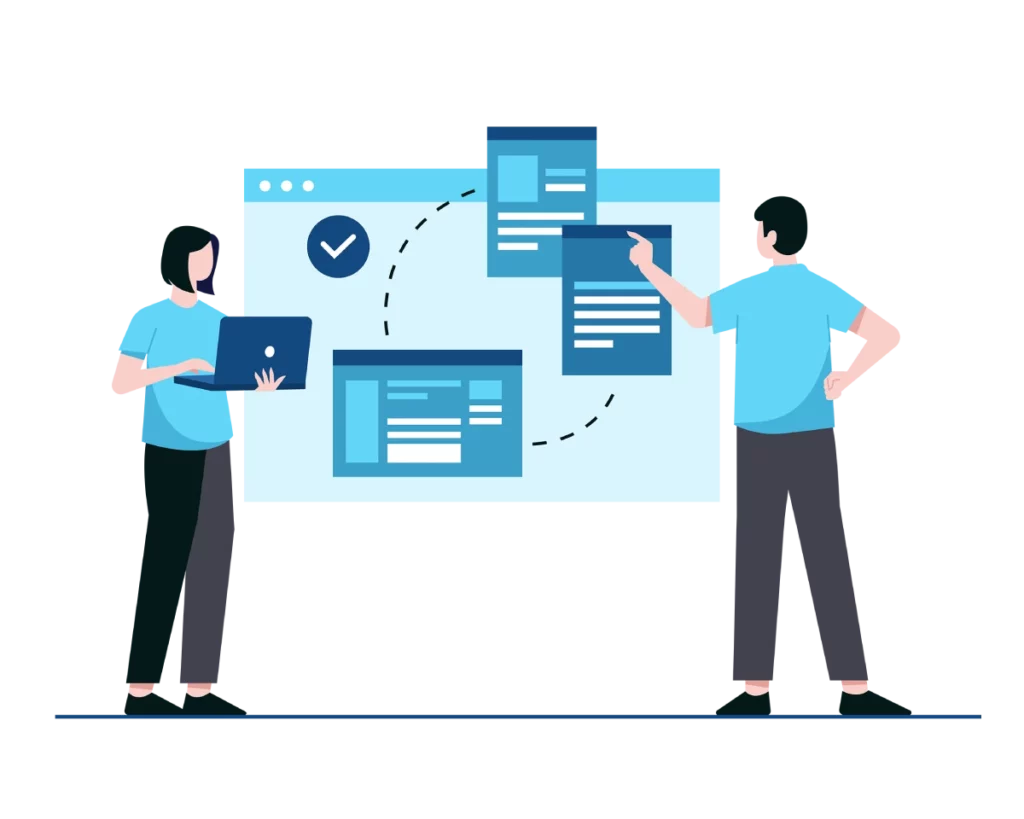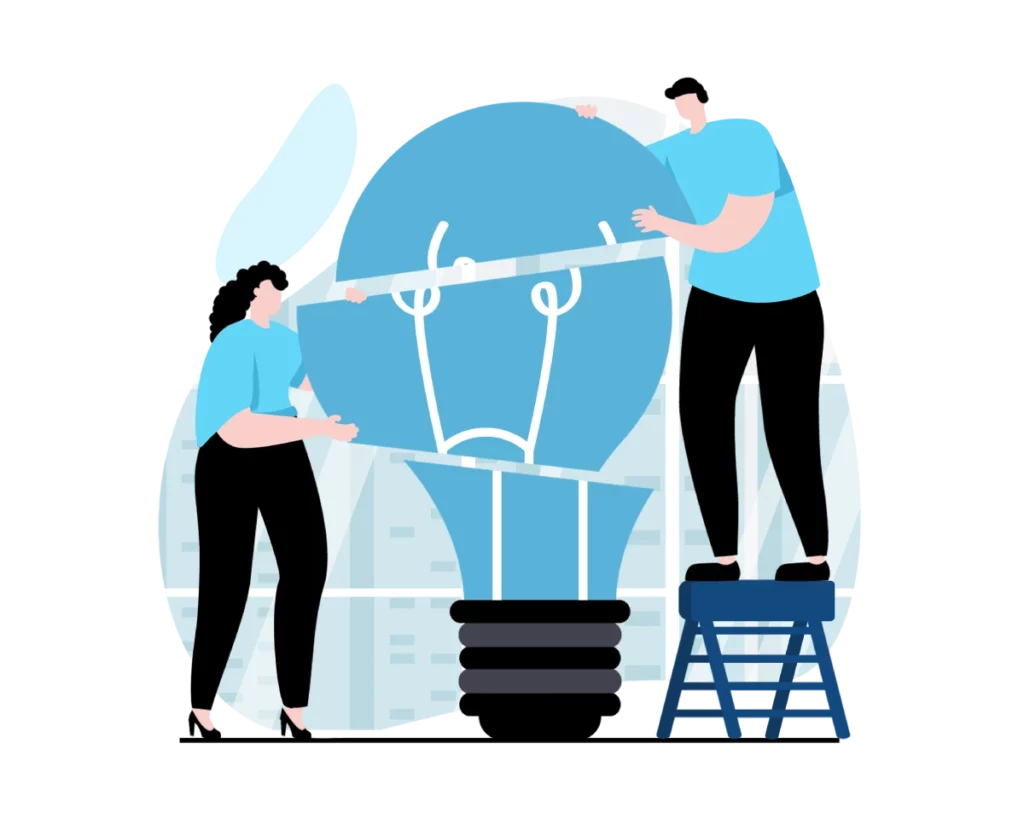Understanding Your Audience’s Needs: Crafting a Winning Proposal
In business, understanding your audience’s needs is not just an advantage—it’s a necessity. Whether you’re pitching a new product, proposing a service, or seeking approval for a project, the success of your proposal hinges on your ability to resonate with your audience.
A winning proposal fundamentally involves understanding and aligning with your client’s needs. This process begins with a comprehensive analysis of your client, encompassing a keen understanding of their company, challenges and aspirations. It’s about going beyond the surface to grasp what truly motivates them, what they value, and how they envision success.
Continuing this path requires a deep dive into competitive analysis, an essential step. It’s about pinpointing what sets you apart and crafting solutions for your client that go beyond what the competition offers. Identifying your firm’s strengths and leveraging them to address your client’s needs innovatively ensures that what you bring is unique and genuinely more valuable.
11 Steps to Winning Proposal
To craft a winning proposal that resonates deeply with your audience’s needs, follow this step-by-step guide:

1. Client-Centric Research
Begin with extensive research to comprehend the client’s industry, positioning, mission and vision, historical background and competitive landscape, alongside a thorough understanding of their product offerings or services. Furthermore, capturing the essence of what the client values most—be it innovation, environmental stewardship, or unmatched customer service—and the metrics they use to gauge success, such as growth in revenue, customer satisfaction rates, or expanded market share, is essential.

2. Client Discovery
Understanding your clients involves putting yourself in their shoes to perceive their challenges, objectives, and preferences from their perspective. Recognizing their pain points and the solutions they are seeking is crucial. This approach helps set a solid foundation for crafting a proposal that addresses their needs and speaks to their aspirations.

3. RFP Review
The importance of thoroughly reading and analyzing the RFP cannot be overstated. It serves as a road map, outlining the client’s needs, requirements, and evaluation criteria. A meticulous review of the RFP ensures you understand the scope of work, project objectives, submission guidelines, and deadlines. It enables you to tailor your proposal precisely to the client’s request, avoiding common pitfalls such as overlooking critical details or misinterpreting project goals. Paying close attention to the RFP demonstrates your commitment to meeting the client’s needs and laying the groundwork for a proposal aligned with their expectations, increasing your chances of winning.

4. Competitive Analysis
The process of conducting a strategic competitive analysis often remains an overlooked component in crafting proposals, yet it can significantly elevate your submission’s effectiveness. This meticulous examination goes beyond merely identifying direct competitors; it involves a deep dive into understanding their strengths, weaknesses, market positioning, and the innovative strategies they employ. By thoroughly analyzing the competitive landscape, you gain invaluable insights into where your offerings stand out. This enables you to tailor your proposal to highlight your unique value proposition and anticipate and counteract your competitors’ strategies. Moreover, identifying gaps in the market that competitors have failed to address allows your firm to propose innovative solutions that meet unfulfilled client needs, positioning your proposal as a response to a request and a forward-thinking, strategic partnership opportunity.

5. Engage in Direct Communication
Whenever possible, engage directly with the client through meetings, calls, or emails to ask questions and clarify their needs. It’s an invaluable chance to ask targeted questions, seek clarifications, and truly listen to what the client envisions for the project. Such interactions can reveal nuances that may not be immediately apparent in written documents or briefs, providing a richer, more nuanced understanding of the client’s objectives.

6. Value Proposition
Articulating your unique value proposition is essential in setting your proposal apart. It’s about succinctly conveying the unique benefits and advantages that come with your solution—benefits that are tailor-made for the client’s specific challenges and objectives. The goal is to highlight why your approach is not just different but better and more aligned with their needs. Using data, case studies, and testimonials to support your firm’s value proposition can strengthen your case. It’s not just about saying you can deliver; it’s about showing you’ve done it before and can do it again. This approach builds credibility and establishes trust that your firm is the right partner for the project.

7. Methodology
Detailing your methods and approach is pivotal in providing the client with a clear road map of how you plan to bring their project to fruition. It’s about laying out the specific strategies and processes you intend to employ and demonstrating a clear and thoughtful action plan. This section of your proposal should succinctly outline the steps you will take, the tools and technologies you will leverage, and the project management frameworks you will adhere to, ensuring the client feels confident in your ability to manage and execute the project efficiently.

8. Team Skills
To uniquely highlight your team’s expertise in a way others might not consider, you could incorporate a narrative-driven approach within your proposal. This method involves crafting compelling stories about crucial team members, focusing on their experiences and successes relevant to the client’s project. Each narrative would not only detail the qualifications and professional achievements of the individual but also illustrate how their skills were pivotal in overcoming challenges in past projects. These stories could showcase moments of innovation, critical problem-solving, or leadership that led to significant outcomes, directly tying their experiences to the potential benefits of the client’s project.

9. Benefits
When crafting a proposal, it’s crucial to distinguish between the benefits of your solution and your unique value proposition (UVP), as both play distinct roles in persuading your client. While your UVP outlines what sets your solution apart from competitors, focusing on your unique aspects and advantages, the benefits section dives into the direct positive impacts your client will experience by choosing your firm’s solution. This encompasses direct cost savings and operational efficiencies to more nuanced customer satisfaction and market positioning boosts. Your aim is to ensure that every feature you offer translates into real, meaningful benefits for your clients. Imagine, for example, a retail client struggling with inventory management and customer service issues. By implementing sophisticated technology, they could see reduced stock discrepancies and improved customer experience through faster service and personalized interactions, leading to increased loyalty and sales.

10. Contingency Planning
A detailed risk management and contingency plan are often undervalued but crucial components of a winning proposal. This section should articulate your proactive approach to identifying potential risks associated with the project and outline clear, strategic measures to mitigate these risks. Highlighting your team’s ability to foresee challenges and prepare for unforeseen circumstances reassures the client of your project’s resilience and your commitment to ensuring its success, no matter what obstacles may arise—demonstrating this level of foresight and planning, positions your firm as a reliable and strategic partner. It builds confidence in your capability to navigate complexities and deliver on your promises, enhancing your proposal’s overall appeal and credibility.

11. Proposal Impact
A proposal that captivates at first glance not only sets a positive tone but also significantly influences the decision-making process of key stakeholders. The strategic use of visuals, including images, charts, and infographics, transforms a proposal into a more dynamic and engaging narrative. This visual storytelling approach makes complex information more accessible and holds the audience’s attention, leading to higher close rates.
Crafting a winning proposal is an art that demands a deep understanding of your client’s needs and challenges. It’s about offering solutions that meet and exceed expectations. The key to success lies in thorough research, empathy, and the strategic presentation of your value proposition, ensuring that your proposal stands out in a competitive landscape. This approach increases your chances of winning and strengthens your relationships with clients by demonstrating a genuine commitment to their success.
Our proposal writing services can significantly enhance this process, providing expert guidance and resources to ensure your proposals hit the mark each time. With our expertise in market analysis, audience engagement, and data-driven strategies, your proposals will benefit from a level of precision.
The Proposal Lab offers the tools and insights needed to tailor your message quickly to your client’s needs, making your proposal not just a submission but a compelling narrative showcasing your firm’s undeniable value.
Ready to revolutionize your proposal game? Contact The Proposal Lab today!
